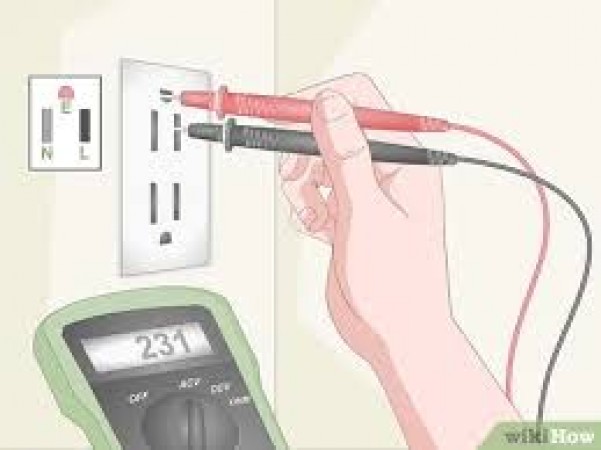
Coolers are essential appliances, especially in warmer climates, providing a cost-effective way to cool indoor spaces. However, like any electrical device, they can encounter various issues over time. From earthing problems to mechanical malfunctions, understanding how to troubleshoot common cooler problems can save you time and money. In this guide, we'll explore the steps to address earthing issues and other common problems that may arise with your cooler.
Understanding Earthing Problems
What is Earthing? Earthing, also known as grounding, is a crucial safety measure in electrical systems. It involves connecting electrical devices and appliances to the ground to prevent electric shocks and ensure proper functioning.
Signs of Earthing Problems
Troubleshooting Earthing Problems
Check the Earthing Connection Inspect the earthing connection of your cooler to ensure it's securely attached to a grounding rod or another suitable grounding point. Loose connections can disrupt the earthing system.
Test the Earthing Continuity Using a multimeter set to the continuity mode, test the continuity between the cooler's earthing terminal and a known earthing point. A lack of continuity indicates a fault in the earthing system.
Repair or Replace Faulty Components If you identify any damaged wires, terminals, or grounding rods, repair or replace them promptly to restore proper earthing functionality.
Addressing Other Common Cooler Issues
Poor Cooling Performance
Water Leakage
Unusual Noises
Electrical Malfunctions
By understanding common cooler issues and how to troubleshoot them, you can ensure your cooler operates efficiently and safely. Regular maintenance, prompt repairs, and attention to earthing problems are essential for prolonging the lifespan of your cooler and preventing costly repairs. If you encounter complex issues beyond your expertise, don't hesitate to seek assistance from a qualified technician.
When is National Technology Day: Why is it celebrated, What's the history behind it
These branded earphones are available for less than two thousand rupees, up to 70% discount